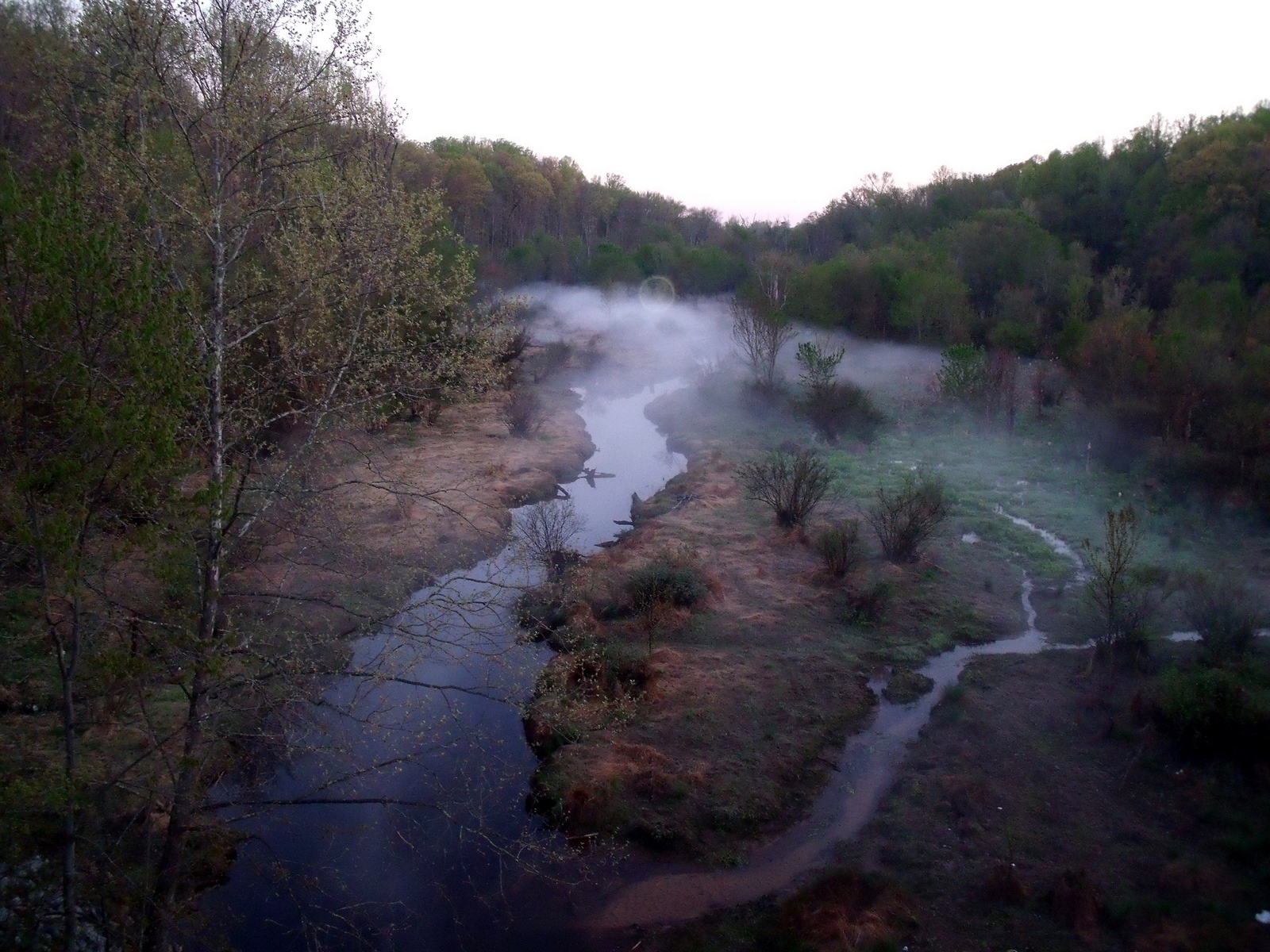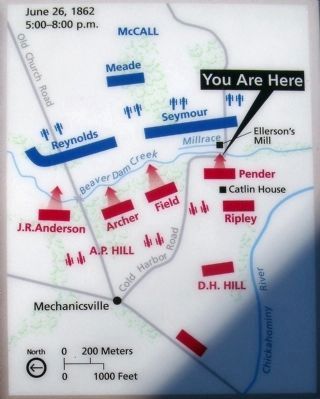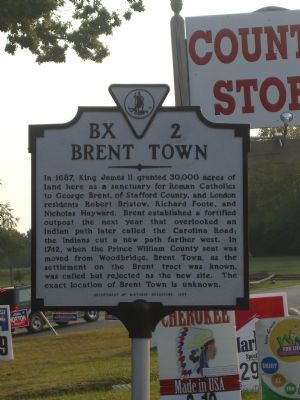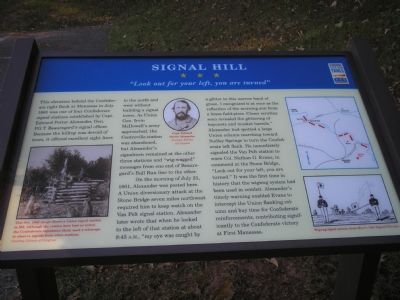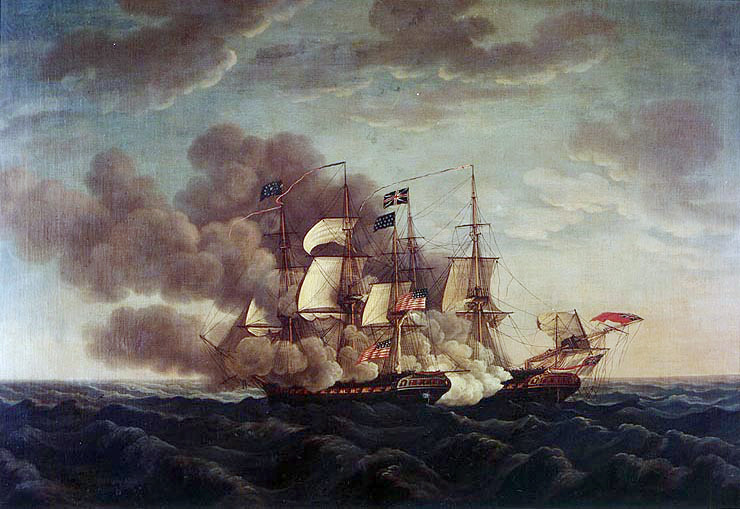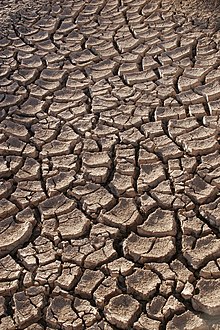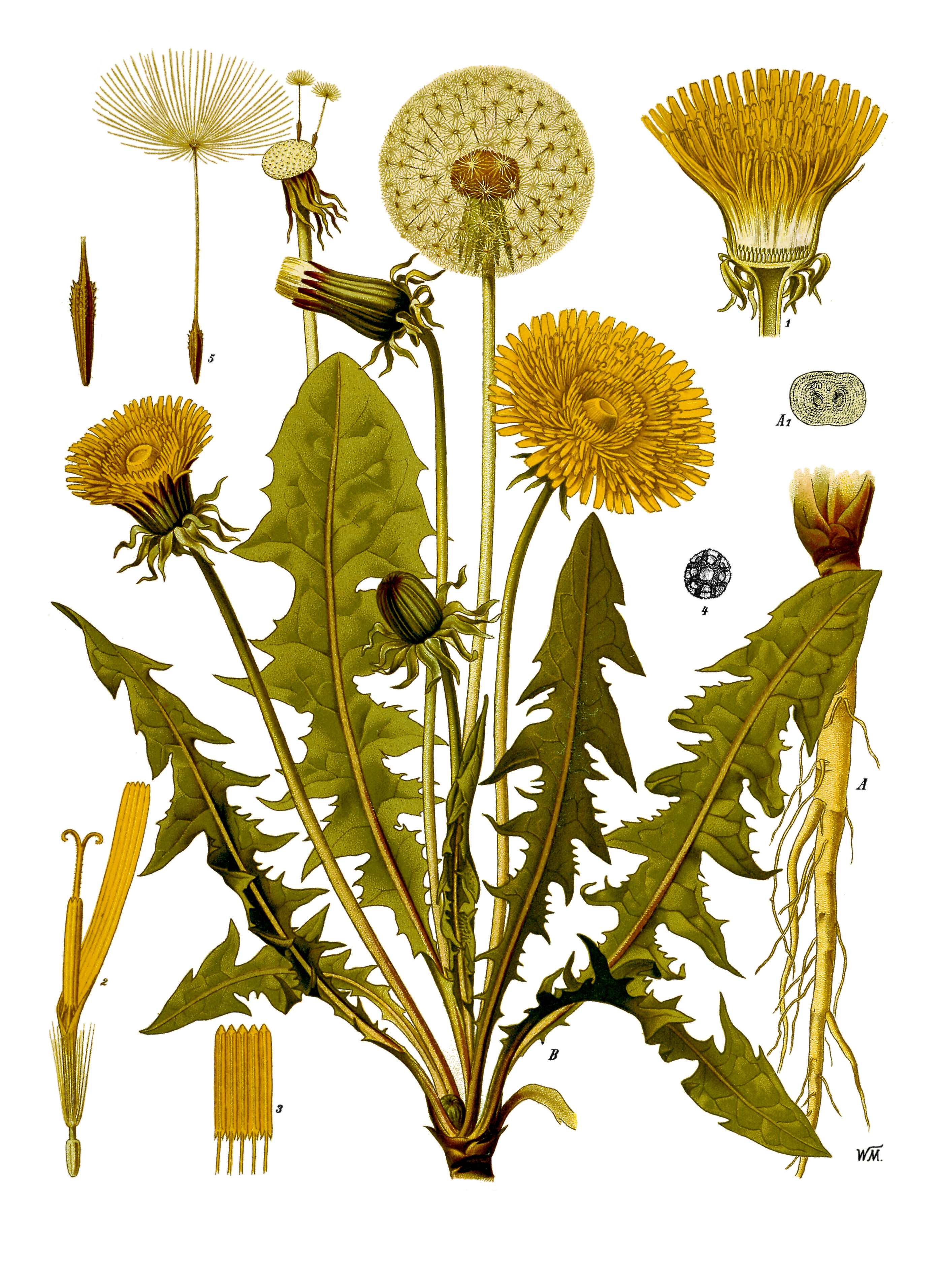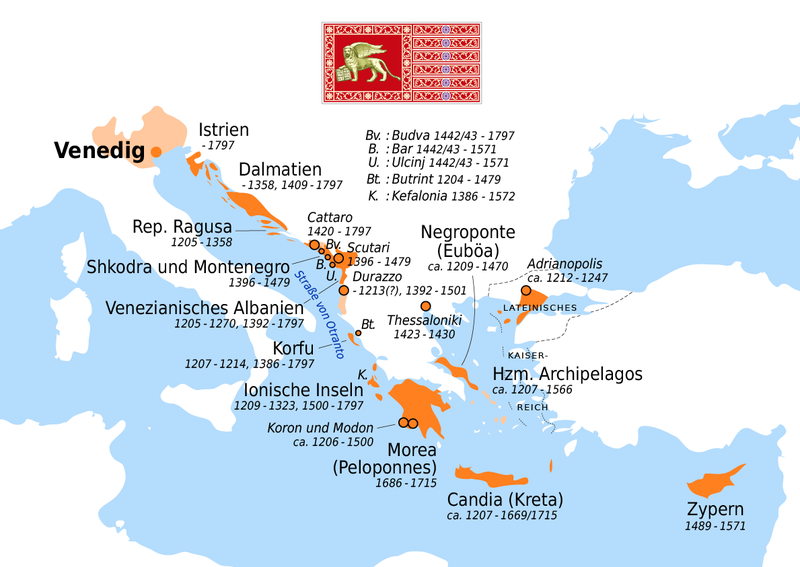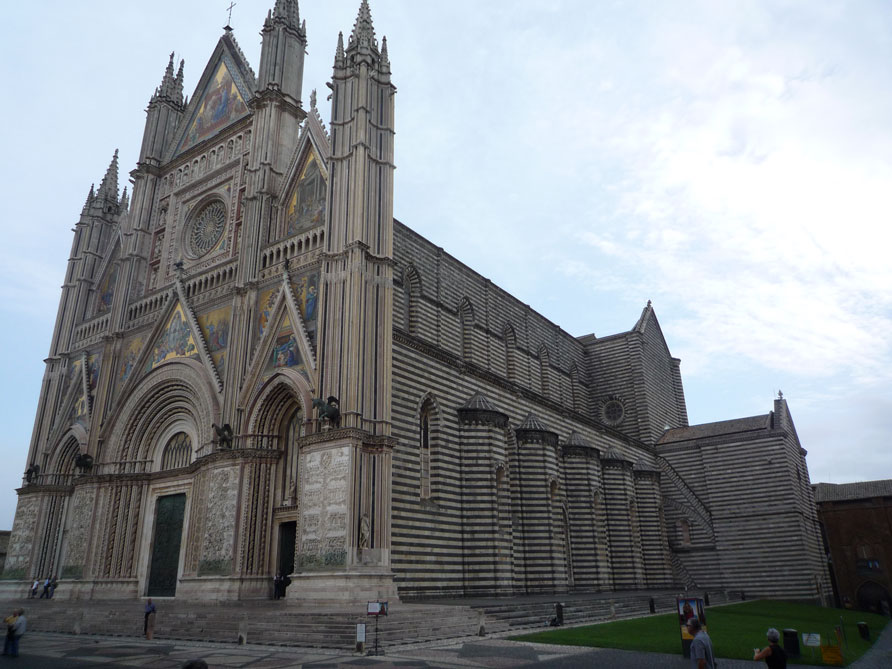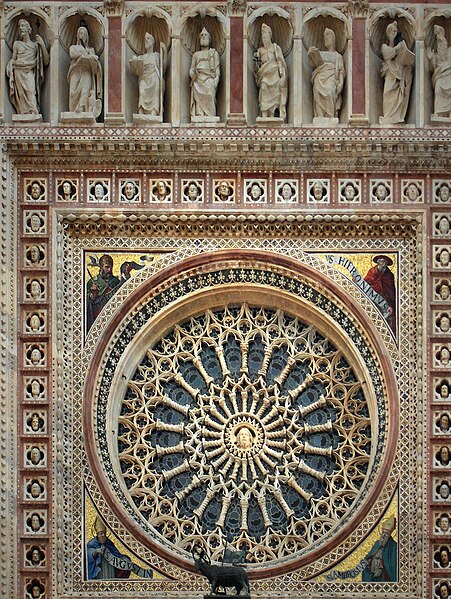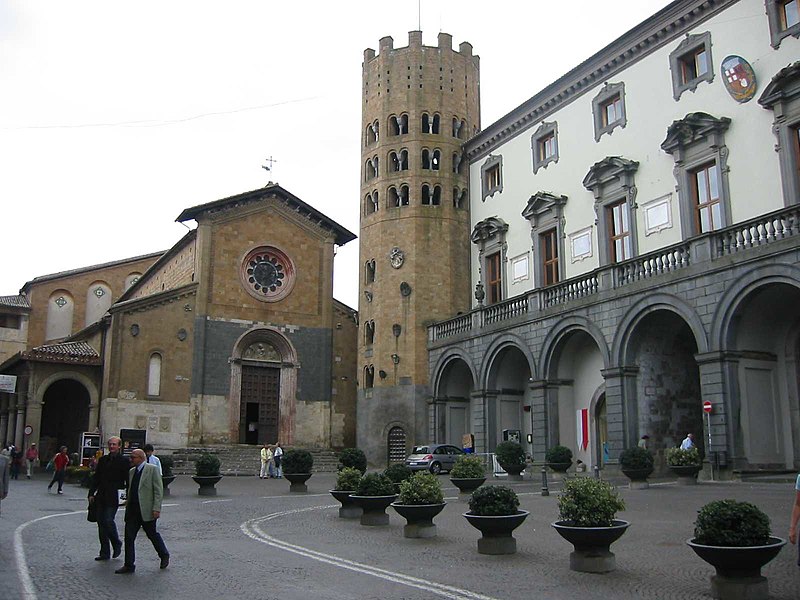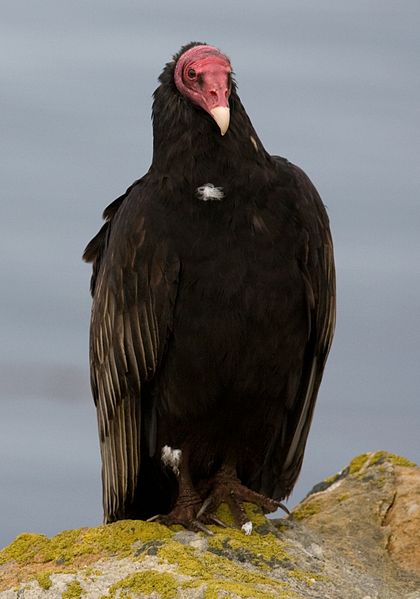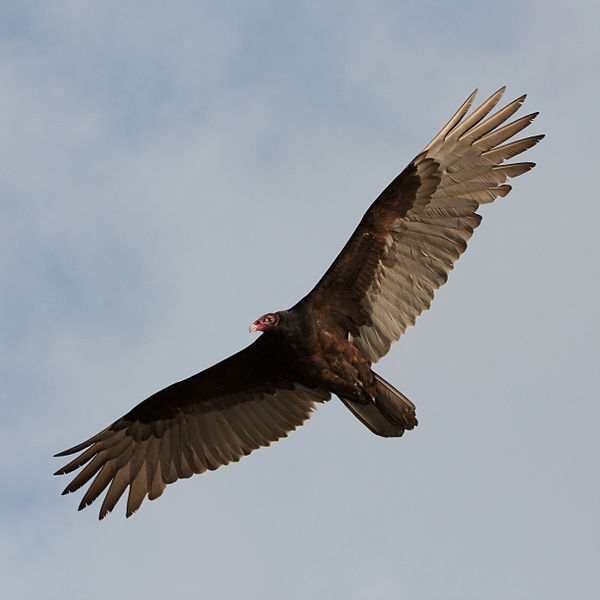Founded in 753BC by Romulus on the Palatine Hill, Rome sits on the Tiber River in the region of Lazio, formerly Latium. The city quickly spread to the Seven Hill near the Palatine. It was this area that was enclosed by the Servian Wall in 565BC. This was Rome of the kings and of the Republic.
Imperial Rome expanded beyond the Servian Wall and the Seven Hills both west of the Capitoline Hill in the flat ground that had been the parade ground of the city -- the Campus Martius, now Campo Marzio -- next to the Tiber, and across the Tiber into Trastevere. In 270AD, the Aurelian Wall was constructed to enclose those new sections of the city. The Vatican Hill across the Tiber, site of the martyrdom of St. Peter in 64AD, remained fuori le mura, outside the walls. Indeed, it was outside the walls, as per Roman law, that the burial ground of the catacombs are to be found.

Map of Imperial Rome -- the red area marks the sections of the city inside the Servian Wall (Rome of the Republic) on the Seven Hills, while the light pick includes those areas inside the Imperial Aurelian Wall.
After the fall of the Western Roman Empire, Rome became a bit of a backwater, saved from oblivion only by the presence of the Popes. With the disruption of the Empire, the population center of the city shifted from the drier Seven Hills into the moist ground of the Campo Marzio. This section of the city became densely populated during the Medieval period, and the eastern sections of the city, near the Lateran and forum, became almost park-like in their lack of population. In 852AD, Pope St. Leo IV oversaw the construction of the Leonine Wall that finally brought the Vatican and the Borgo neighborhood into the city.

Baroque Rome (1642AD). Notice the Vatican at the bottom left corner, within the walls, the densely packed Campo Marzio in the bend of the river, and the park-like look of the eastern portions of the city, at the top of this painting.
The Popes of the Renaissance and Baroque eras did much to revitalize Rome, with Julius II beginning work on a new St. Peter's Basilica at the Vatican in 1506AD, and Pope Sixtus V clearing wide avenues and erecting oblisks around 1585AD. Few men have done as much to beautify the city was Gian Lorenzo Bernini (+1680), who built the canopy and colonnade at St. Peter's, designed the Piazza Navonna, and enriched many of the Churches of the city with his genius.

The view of St. Peter's Basilica from the Ponte Sant'Angelo. Of course, this would be looking from the edge of the old Campo Marzio out of the Imperial City.
Here is a brief video of walking about parts of Eternal City:
We shall have to come back and visit some of the great sites and basilicas in the coming days...
Live well!

